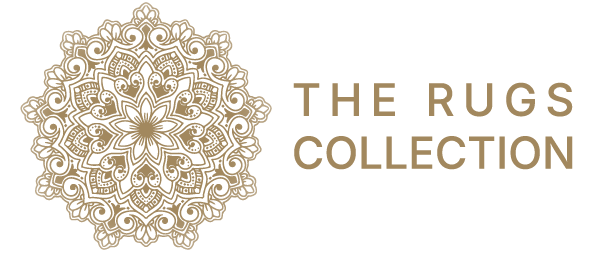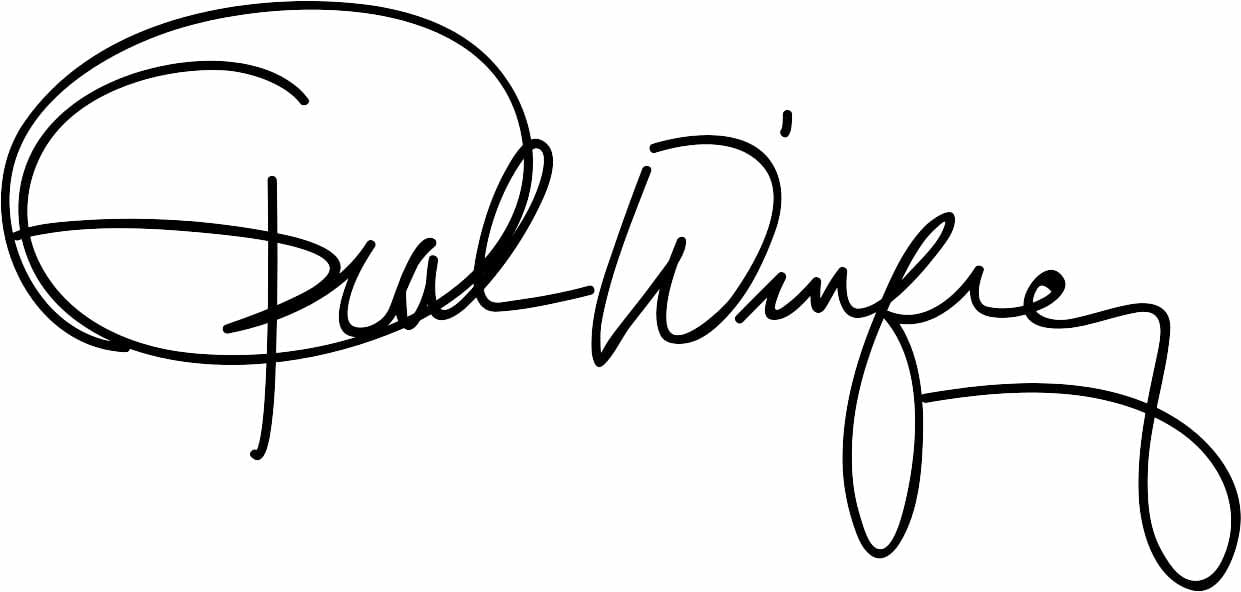Persian Rug Patterns Explained: What Those Designs Actually Mean
Ever wondered what those beautiful Persian rug patterns actually mean? These aren’t just pretty decorations – they’re stories told in wool and silk, passed down through generations of skilled craftspeople.
Oriental rugs, especially hand-knotted Persian carpets, work like a secret language. Every symbol, colour, and pattern has meaning that goes back hundreds of years. Understanding these meanings helps you appreciate the rich history woven into every thread.
The Heart of the Design: Central Medallions
Most Persian rugs have a large design in the centre called a medallion or “Gul”. Like the sun, it’s the main star that all other patterns revolve around. The centre represents the eye of an all-knowing god, whilst some experts believe these designs came from the beautiful patterns inside mosque domes.
Popular Persian Rug Patterns and Their Meanings
Herati Pattern
This geometric pattern comes from the town of Herat. It features a diamond shape with a flower surrounded by curling leaves that look like fish. The “mahi” (fish) pattern symbolises small fish swimming in moonlight – a poetic way of showing the connection between earth and heaven.
Boteh Pattern
The droplet-shaped Boteh looks like paisley. This popular motif represents the garden of paradise, fertility, or eternal life. Some see it as a cypress tree, others as a flame – all symbols of hope and continuity.
Our Minyatur collection showcases these traditional patterns, bringing ancient meanings into modern homes.
Protective Symbols and Their Powers
High-quality Persian rugs weren’t just floor coverings – they were protective talismans. Weavers believed their creations could guard against misfortune:
- Stars: Bring luck and good fortune
- Animals: Eagles, dragons, and birds provide protection from evil forces
- Tree of Life: Shows the sacred path from earth to heaven
- Diamonds: Represent women, or men and women together, when connected
The Language of Colour
Colours carry deep meaning in Persian rug patterns:
- Red and yellow: Power, wealth, courage, and joy
- Green: Holy colour representing hope and paradise (used sparingly out of respect)
- Black: Mainly for borders and outlines
Flowers Tell Stories
Different flowers in oriental rugs send specific messages:
- White roses and lilies represent youth and purity
- Red roses and peonies symbolise wealth, power, and passion
- Shah Abbassi flowers show royal beauty and elegance
Reading Your Rug
You can decode your own Persian rug patterns by starting with the central medallion and working outwards. Look for animal symbols, geometric patterns, floral motifs, and colour choices. Each element adds to the overall story.
The famous Ardabil Carpet at the Victoria and Albert Museum, made in 1539-1540, shows the incredible skill that went into creating these meaningful masterpieces. This hand-knotted wonder demonstrates how Persian weavers turned practical floor coverings into works of art.
Living History in Your Home
When you choose high-quality Persian rugs like those in our Minyatur collection, you’re bringing centuries of tradition into your space. These oriental rugs connect you to the weaver’s community, beliefs, and hopes.
Whether your rug shows fish swimming in moonlight, the Tree of Life reaching towards heaven, or flowers representing eternal paradise, you’re surrounded by messages of protection, hope, and beauty that have been treasured for generations. Understanding Persian rug patterns transforms your carpet from simple decoration into a meaningful piece of cultural heritage.



